Another great article that shed’s light on where in the heck to stockpile our food storage!
The Organic Prepper
Stockpiles: they aren’t just for pantries anymore!
You might be wondering where on earth you can stash all of the food required for a one-year pantry. Unless you have a pantry the size of a master bedroom suite, it won’t take long to exceed the limits of your available kitchen storage. But don’t despair! There are lots of little nooks, crannies, and storage areas around most homes that will allow you to discreetly put away a year’s supply of food for your family. Even those who dwell in apartments or other small spaces might be surprised to discover how many little hidden areas they actually have.
When you store things in different places throughout the house, it’s important to store like items together and to document your organizational efforts with a “map”. Without this guideline, you may find yourself wasting valuable time searching for a package of flour that you know you packed away or repurchasing items that you already have, but just can’t find.
Get organized!
Set aside a day (or weekend) to get organized. This is a big, messy undertaking, so choose a day where you won’t be constantly interrupted and can work until you’re finished.
- Pull all of your preps into one room.
- Separate them into like items: grains, paper products, baking supplies, jarred goods, etc.
- Clean out your nooks and crannies in which you plan to stash away your items.
- Make a map documenting where you store each item
- Put the food away, oldest items at the front.
- Your “map” can also serve as a running inventory. It can be constantly updated with the amounts of items you are putting away and taking for use in the kitchen. If you plan to update like that, consider a dry-erase board hung on the inside of the pantry door. Keeping your map on the computer is a great idea….unless the grid goes down. It’s important to have a hard copy for that reason.
Where Can You Store Your Goods?
Every room in the house is fair game. There’s no reason that food must only be stored in the kitchen. Keep similar items together, for the sake of organization. Think about the grocery store – it’s generally easy to find items because similar things are organized together. There is a condiment aisle, as cereal aisle, etc. You can apply this principle to your home storage also.
Here are some places that I store preps in my home, along with ideas from previous places we have lived.
Kitchen Pantry: Items currently in rotation live in the kitchen pantry. When these items get low, I rotate in their replacements from the other location.
Kitchen shelves: Home canned foods – these will be eaten within a year of preserving them, so I keep them handy.
Broom Closet: I installed shelves in this closet to make it easier to find things. Laundry supplies, cleaning supplies, dish soap. Candles, lighters, extra solar lights, matches, lamp oil, batteries. Tools, screws, nails and other small hardware.
Blanket Storage area in guest room sofa: Beans. Bags and bags and bags of beans that have been sealed into Mylar bags.
Armoire in guest room: ”Decorative” boxes (I glued attractive paper to the outside of regular cardboard boxes and edged them with ribbon) full of baking items like baking soda, baking powder, chocolate chips, etc.
Mudroom: 5 gallon water jugs
Basement: 1 gallon water jugs of tap water, canned goods purchased from the store, root cellar items, shampoo, conditioner, laundry products, bath products, cleaning supplies. Basements can be damp, so they are not a good place for paper goods or other items that would be negatively affected by moisture.
Garage: Extra 5 gallon jugs of drinking water, pet food in airtight Rubbermade-style containers, food buckets with mylar bags of food inside, food from LDS cannery. Garages can have widely fluctuating temperatures depending on your climate and how well-insulated they are, so choose what goes into your garage accordingly.
Attic: Paper goods like toilet paper, paper towels, paper plates; garbage bags; baby wipes. These are stored in Rubbermaid-style containers to prevent rodents from nesting in paper goods. Be careful storing any items in an attic that might be heat sensitive.
Laundry room closet: buckets of bulk grains, floor to ceiling. I wrote on the front of the buckets with a Sharpie for ease in finding the grain I’m looking for.
Laundry room shelf: Laundry supplies, grocery store canned goods, vegetables and beans only
Living room bookcases: There is a pretty curtain running in front of the bottom shelf. Behind the curtain are dozens of jugs of white vinegar, as well as balsamic vinegar, apple cider vinegar, and red wine vinegar.
Front hall closet: Rubbermaid containers with pasta.
Linen closet : Grocery store canned meats (we never use these and they exist as a last resort), fruit, dry milk, and pie filling. Medicines and first aid supplies.
Bedroom closets: The back wall is lined with boxed goods like cereal, crackers, etc. There is a cool bungee cord grid holding the boxes in place.
Under beds: I filled those little rolling under-bed containers filled with dry pet food. Also under the beds are things like toilet paper and individual water bottles in cases.
Storage furniture: Due to homes getting smaller and budgets getting tighter, lots of furniture comes with storage built right in: coffee tables, end tables, nightstands, beds, ottomans – even some couches have a storage area under the cushions. This can help you to make the most of your space with hidden mini-pantries all through the house.
Outbuildings: Barns, sheds, and summerhouses can all provide abundant space. However the same rules that apply for garages apply for other outbuildings. Beware of extremes in temperature, moisture, and rodents and other pests.
When coming home from a shopping trip, I always put the new supplies away in the correct spot, rotating the older items to the front. Each week I “shop” the food storage and rotate needed items into the kitchen. Since I’ve begun doing it this way, I have never run into the issue of having preps slip through the expiration date cracks, nor have I had to dig through anything to find a needed item!
Prepper OPSEC 101
It is important to maintain your OPSEC when stashing away your food. OPSEC is a term swiped from the military that means OPerational SECurity. It means that your operations, in this case, your one year supply of food, should not be public knowledge. OPSEC is the process of protecting little pieces of data that could be grouped together to give the bigger picture. “OPSEC is the process of protecting little pieces of data that could be grouped together to give the bigger picture.”
In the event of a long term disaster, your neighborhood will be filled with hungry people. Even in a short term disaster, as we saw in the aftermath of Hurricane Sandy, some people are without food after only 2-3 days. You don’t want your home to be known as the one with all the food. During an event of civil unrest, you could become a target.
For this reason, you don’t want to store your goods out in the open. Discretion is key. Hungry folks have long memories, and they will recall if you have a kitchen or hallway that is stacked to the rafters with food buckets or canned goods.
This is also a benefit of storing your food in various places around the house. In the unfortunate event that your food is stolen, it is possible that only a portion of your food will be stolen. The thieves may not think to also check your basement, under your bed, and in the laundry room. Some preppers even keep a dummy stash of food that they are willing to give up in such an event, while the bulk of their items remain hidden safely away.
What about you?
Where do you store your stashes of food and supplies? Share your ideas in the comments section below!
Please visit Daisy HERE to read this article and more!
This article may be hopping around the following Blog Hops: (mis)Adventures Mondays Blog Hop, The HomeAcre Hop, Wildcrafting Wednesday, Homestead Blog Hop, From the Farm Fridays, Simple Saturdays Blog Hop, Simple Life Sunday Blog Hop.
Copyright Notice: This article may from time to time be contributed to third-party sites, but it is COPYRIGHTED, and it may not be used without my written permission. If you are interested in any of my articles, please contact Kat Yorba; Author and owner of Simply Living Simply directly for republishing information.
Affiliate Notice: Many of my blog posts contain affiliate links. Purchasing through an affiliate link does NOT increase the price you pay but allows me to keep blogging, sharing and bringing you great content.
Medical Disclaimer Notice: Nothing in this post is to be construed as medical advice, simply a sharing of things that have worked for me &my family. If you have any symptoms of serious illness, taking medication, pregnant or nursing, or have never worked with herbal materials or essential oils before, please consider consulting a medical professional before use. I am unable to offer advice for your particular medical situation; please ask your Doctor, Nurse Practitioner or Naturopath for further guidance. The statements made here have not been approved by the Food & Drug Administration. These statements are not intended to diagnose, treat, cure or prevent disease. This notice is in accordance and required by the Federal Food, Drug & Cosmetic Act.





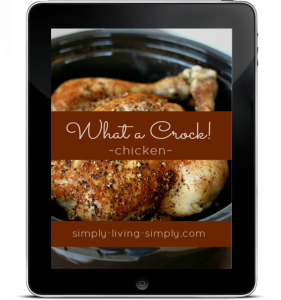
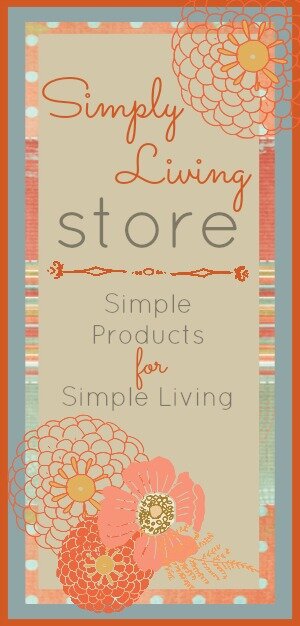



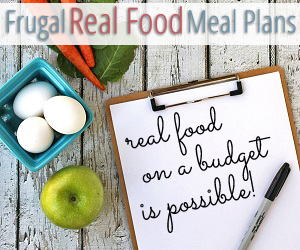







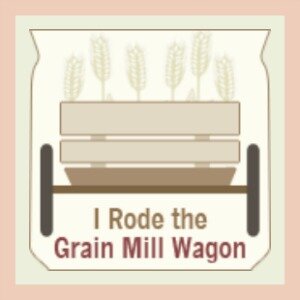



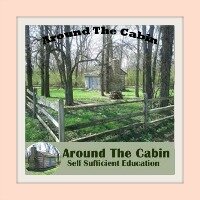





Good ideas. I turned a bedroom closet into a large pantry with lots of shelves. I personally am not trying to store 1 years worth of food, but I have a lot. I think the biggest mistake most people make is not storing enough WATER. I have 2-55 gallon rain barrels, with a good filter for them. I also store things like OTC pain tablets, arnica gel, cough syrups, 1st aid supplies. etc. I also turned an old $3.00 thrift store dresser into my canning cabinet- http://littlehomesteadinboise.blogspot.com/2012/08/dresser-repurposed-to-canning-cabinet.html Great fr home canned and dryed foods, and storage for empty jars!
Behind couches that slant I store dry goods, paper goods and some canned goods. They can not be seen unless the furniture is moved!